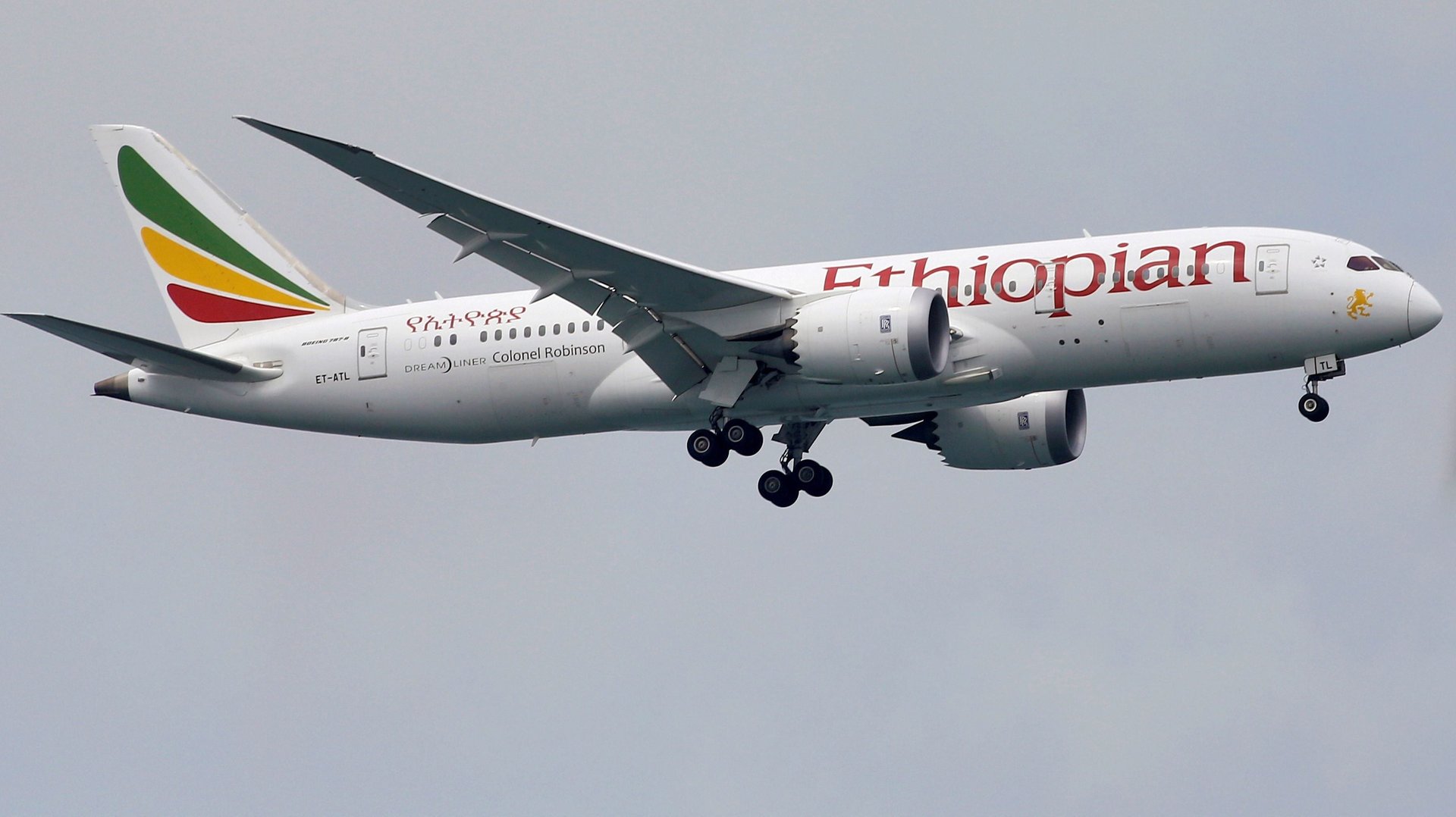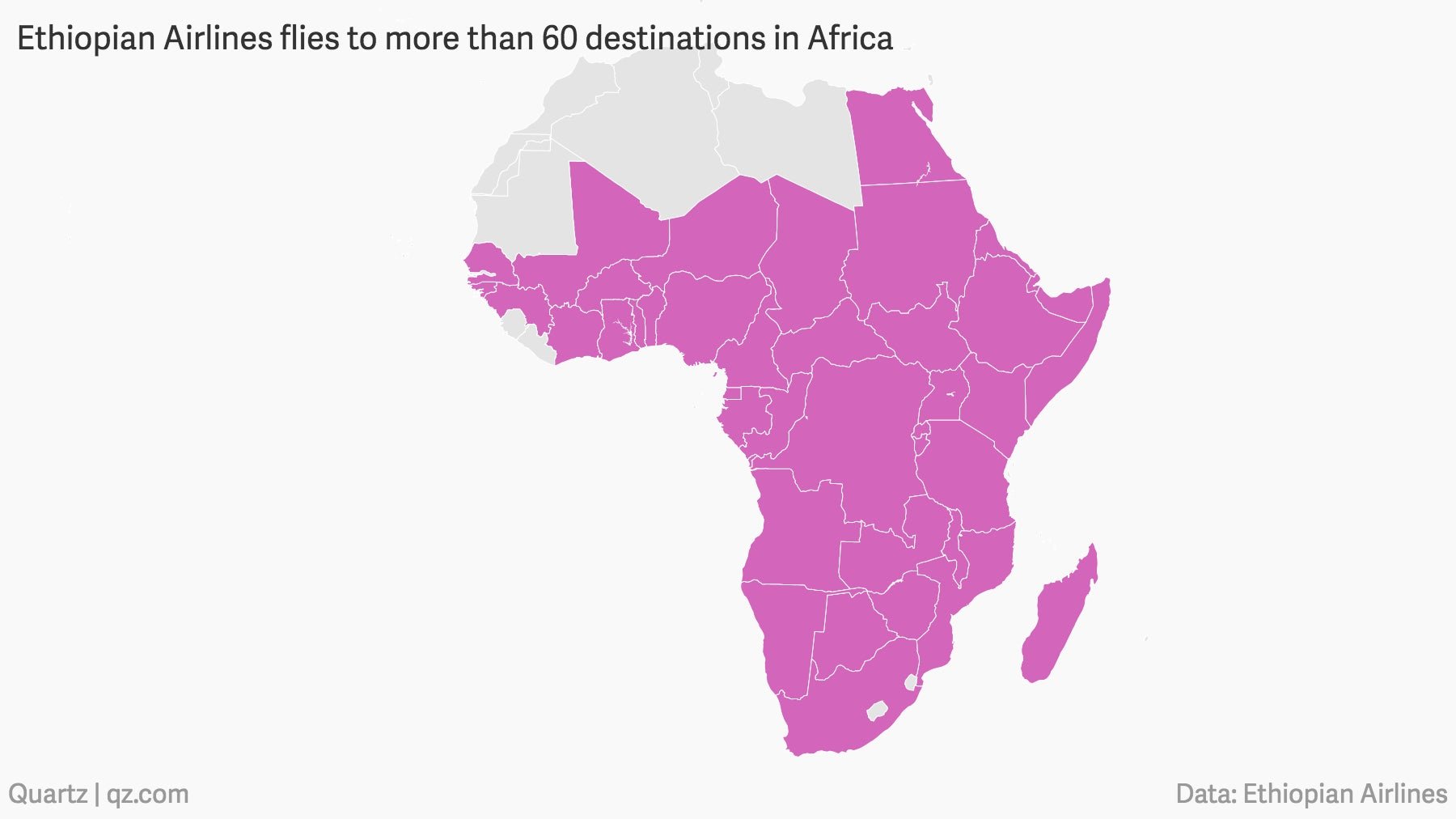Addis Ababa has overtaken Dubai as the world’s gateway into Africa
Thanks to major political reforms and relaxed visa rules, Ethiopia has emerged as a destination and a transfer hub for long-haul travel to sub-Saharan Africa in 2018.


Thanks to major political reforms and relaxed visa rules, Ethiopia has emerged as a destination and a transfer hub for long-haul travel to sub-Saharan Africa in 2018.
Data from the travel intelligence agency ForwardKeys shows Addis Ababa’s Bole International Airport has overtaken Dubai as the leading gateway to the region. As such, travel bookings between Nov. 2018 and Jan. 2019 are set to grow over 40% based on a year-on-year growth—way ahead of other destinations in Africa and a significant jump from the January-October 2018 predicted growth for Ethiopia which stood at just 12.2%.
The upswing is in large parts thanks to Ethiopian Airlines (ET), which has dominated Africa’s skies in the last decade. Through a mix of strategic investments and partnerships, airline acquisitions, and efficient service delivery, the state carrier has reinvigorated air travel across the continent.
The airline has revived defunct African airlines including Zambia’s, partnered with airlines in Chad, Mozambique, established hubs in Malawi and Togo, and flies to more than 60 destinations across Africa. As the continent’s skies open up, its head Tewolde Gabremariam has also made no secret of the airline’s pan-African strategy suggesting Ethiopian Airlines should be co-owned by African governments.
To improve customer service, the airline is currently implementing Vision 2025, a plan that will see it improve its passenger and cargo transport, increase airport services, and expand its aviation academy. It also a set in motion a China-funded, $345m expansion plan at Addis Ababa’s Bole airport which is projected to raise the annual passenger capacity from 7 million to 22 million.
The rise of Bole airport and Ethiopian could also mean more direct transatlantic flights from North America with Addis Ababa as the first stop rather than London, Paris or Frankfurt.
Ethiopian Airlines also acted as an emblem of peace during these changing times in the Horn of Africa sub-region, flying to Asmara, Eritrea for the first time this century in July and resuming flights to Mogadishu, Somalia this month, the first time in 41 years.
As part of new reforms, Ethiopia also started issuing e-visas to all visitors in June, and in November, introduced visa-on-arrival for all African visitors. ForwardKeys said these relaxed visa regimes were crucial if African airlines and nations are to attract more international travelers. A case in point is how liberalized visa applications in Morocco and Tunisia attracted significant Chinese tourists in the last few years, bringing the world’s top tourism spenders to African shores.

Sign up to the Quartz Africa Weekly Brief here for news and analysis on African business, tech and innovation in your inbox
Looking for more in-depth coverage from Quartz? Become a member to read our premium content and master your understanding of the global economy.